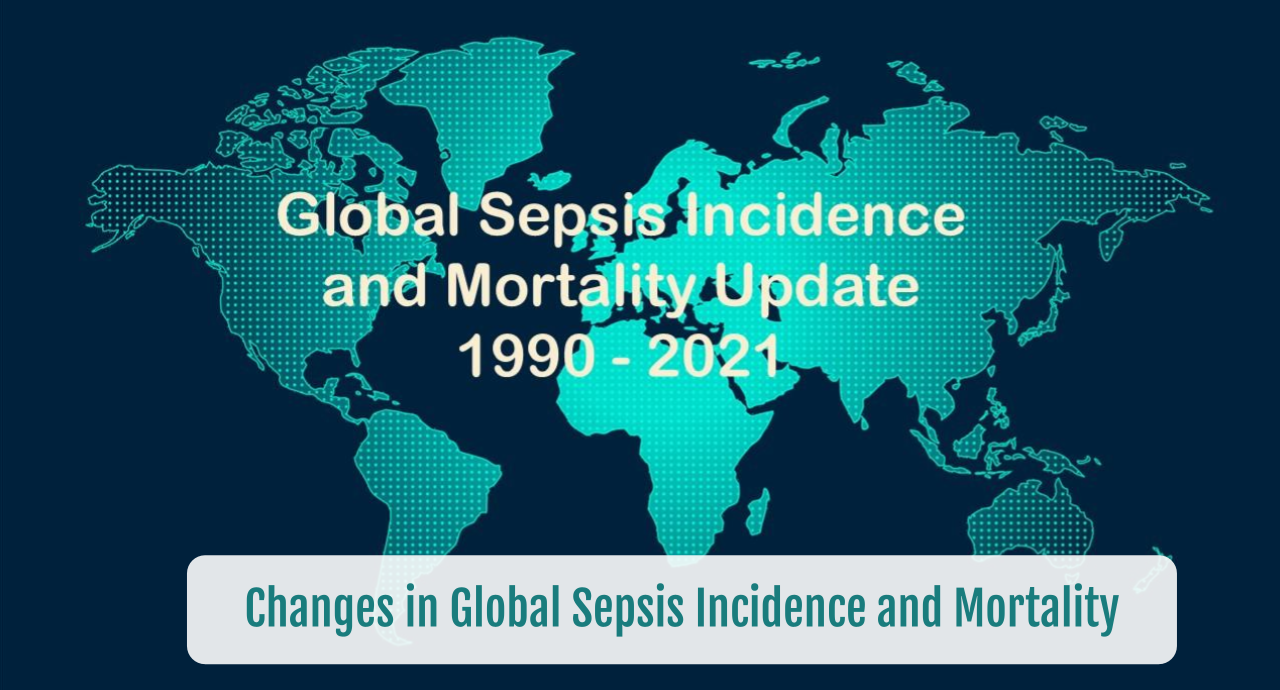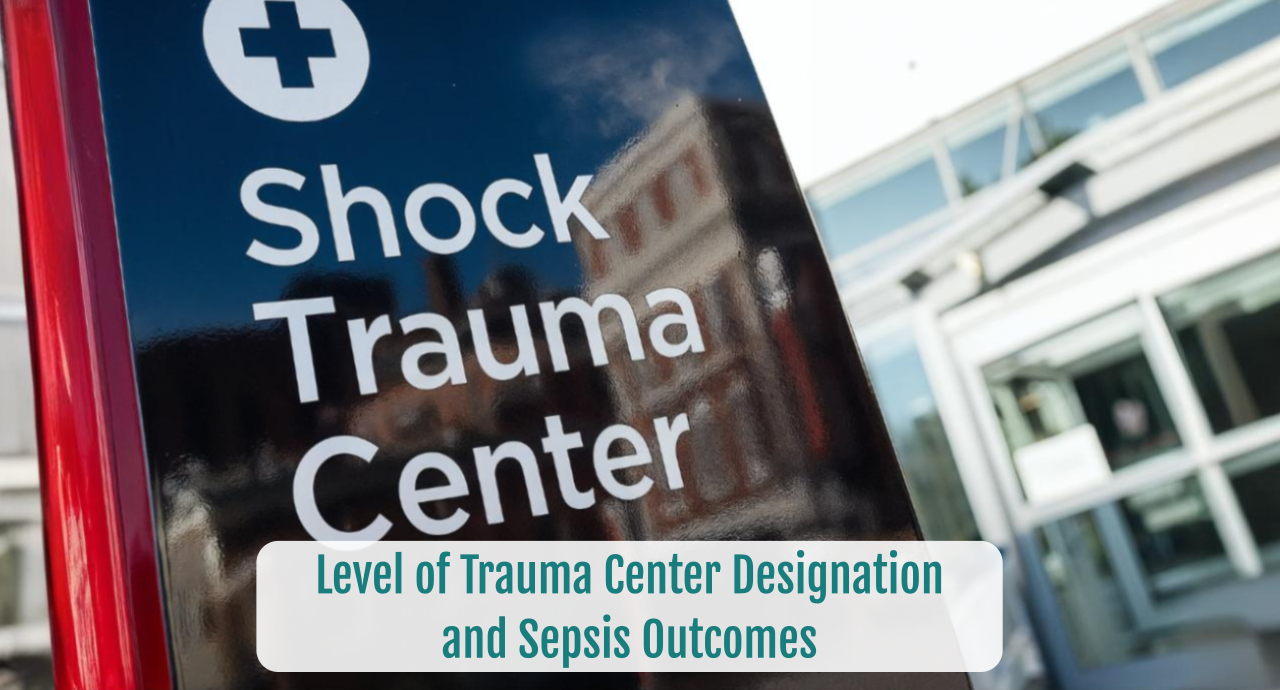Sepsis Chain of Survival
SUMMARY:
-
The “Chain of Survival” was first applied to sudden cardiac arrest and indicates the chain of events which must occur in rapid succession to maximize chances of survival.
-
The Chain of Survival has a natural application to sepsis.
-
The links in the chain include early recognition of sepsis outside the hospital, pre-hospital, hospital and post-hospital considerations.
REVIEW:

- The Chain of Survival was first coined in the late 1990’s as a metaphor for early recognition, early healthcare access, early CPR & defibrillation and early advanced life support in cardiac arrest patients, and included post-resuscitation care.
- Chain of Survival can easily be applied to sepsis as:
- Up to 70% of cases can be identified in the community
- Pre-hospital care should be initiated early
- Hospital care needs to be coordinated
- Post-hospital prevention and follow up are important considerations
- Earlier recognition of sepsis, severity assessment and pre-hospital interventions could dramatically improve patient outcomes.
- 60.7% of patients with sepsis had at least 1 exposure to the health care system 30 days prior to admission.
-
- 24.1% had a health care encounter in the 7 days prior to hospital admission
- This provides an excellent opportunity for sepsis recognition and assessment before significant time is lost.
-
Educational programs on increased sepsis awareness among outpatient professionals and patients, similar to those on the inpatient side we have witnessed for decades, should help improve outcomes. This includes education of:
- General practitioners
- Nurses
- Paramedics
- Prehospital EMS
- Call centers
- Patient outcome is influenced by the time interval from sepsis occurrence to the following major interventions:
- Pre-hospital differences in sepsis recognition, assessment and treatment vary from country to country and depends on resources.
- Leadership support for sepsis activities
- Approaches to rapid sepsis identification
- Sepsis management approaches
- Pre-hospital differences in sepsis recognition, assessment and treatment vary from country to country and depends on resources.
-
- A reliable pre-hospital severity assessment scoring tool which can reliably predict the need for ICU admission remains elusive.
- Early therapy pre-hospital should focus on the availability of transport and caregiver training, especially in low and lower-middle countries.
- Transport to appropriate facility to avoid Emergency Department overcrowding
- Post-Hospital care is also part of the Chain of Survival
- Of hospital sepsis survivors:
- Severe persistent impairment occurs in 15% of survivors
- There is a 30% mortality rate within the first year
- Discharge rehabilitation can reduce risk of death up to 10 years.
- Of hospital sepsis survivors:
CONCLUSIONS:
-
The treatment of sepsis should not just focus on emergency department and inpatient stays.
-
Early identification, assessment and initiation of treatment should be independent from the hospital stay.
-
Raising awareness of sepsis among general practitioners, nurses, paramedics, prehospital caregivers and the public is the best approach.
To receive articles like these in your Inbox, you can subscribe to Sepsis Program Optimization Insights.
Erkan Hassan is the Co-Founder & Chief Clinical Officer of Sepsis Program Optimization where he designs & oversees the implementation of solutions to optimize sepsis programs.
To discuss your organization’s Barriers of Effective Sepsis Care, contact Erkan by phone (844) 4SEPSIS (844-473-7747), email (erkan@spo.icu), or video chat.





